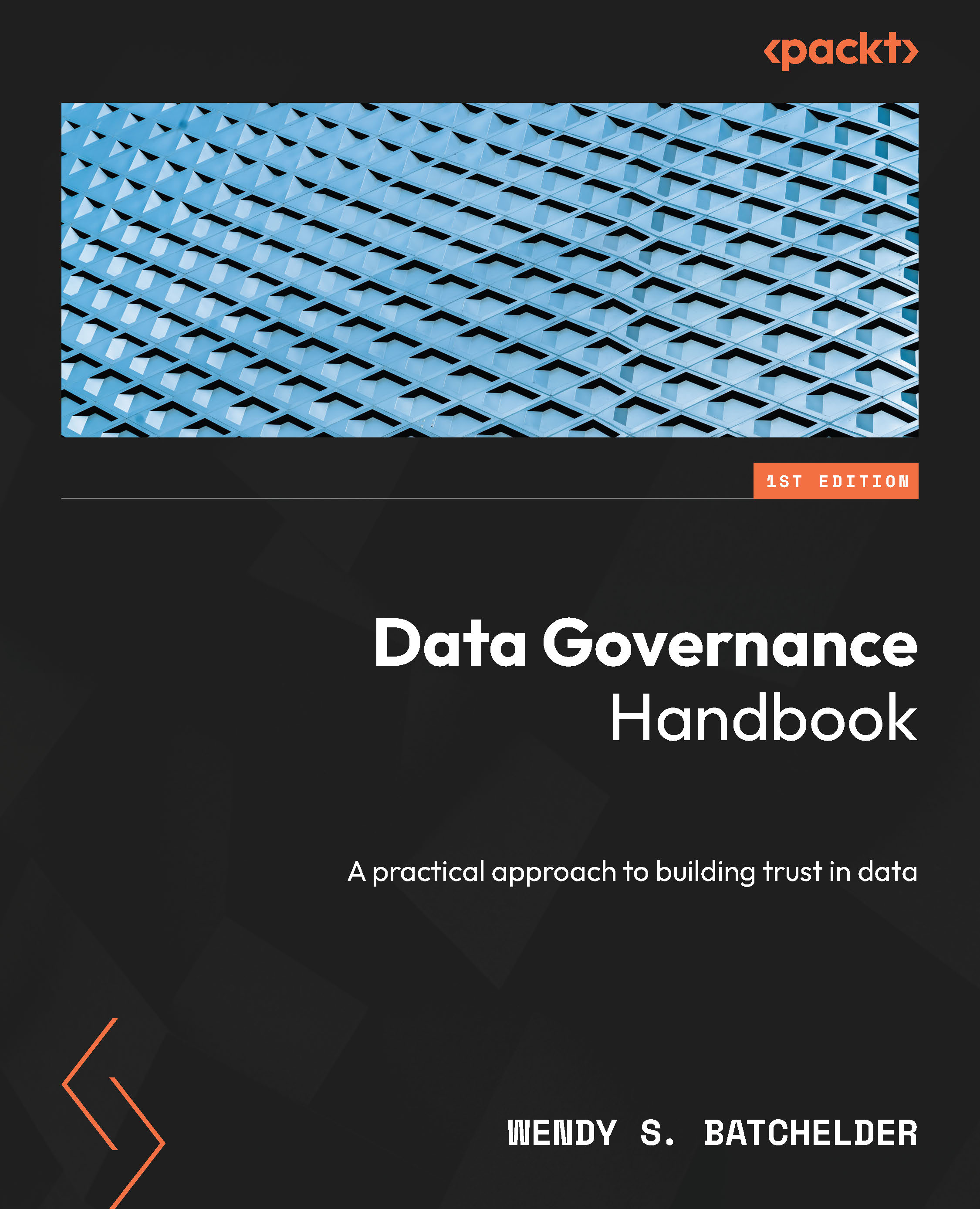Business outcomes and data capabilities
Traditional data capabilities are managed from within IT departments, which is part of why they have historically not been as successful. IT measures of success are typically framed as project-based measures, such as meeting milestones, or in budget/time measures, dollars or hours saved. This early generation of data capability management inevitably led to difficult-to-measure-and-quantify outcomes, which is the basis of the evolution from IT outcomes toward business outcome-focused measurement of success.
|
Helpful Hint |
|
If you continue to measure data capabilities in a traditional, legacy IT (project-based) way or exclusively budget/time, you may find that you create a conflict of interest between your business stakeholders and your incentives. Often, your stakeholders need to have business outcomes that may not improve speed or budget but actually use an increase... |
































































